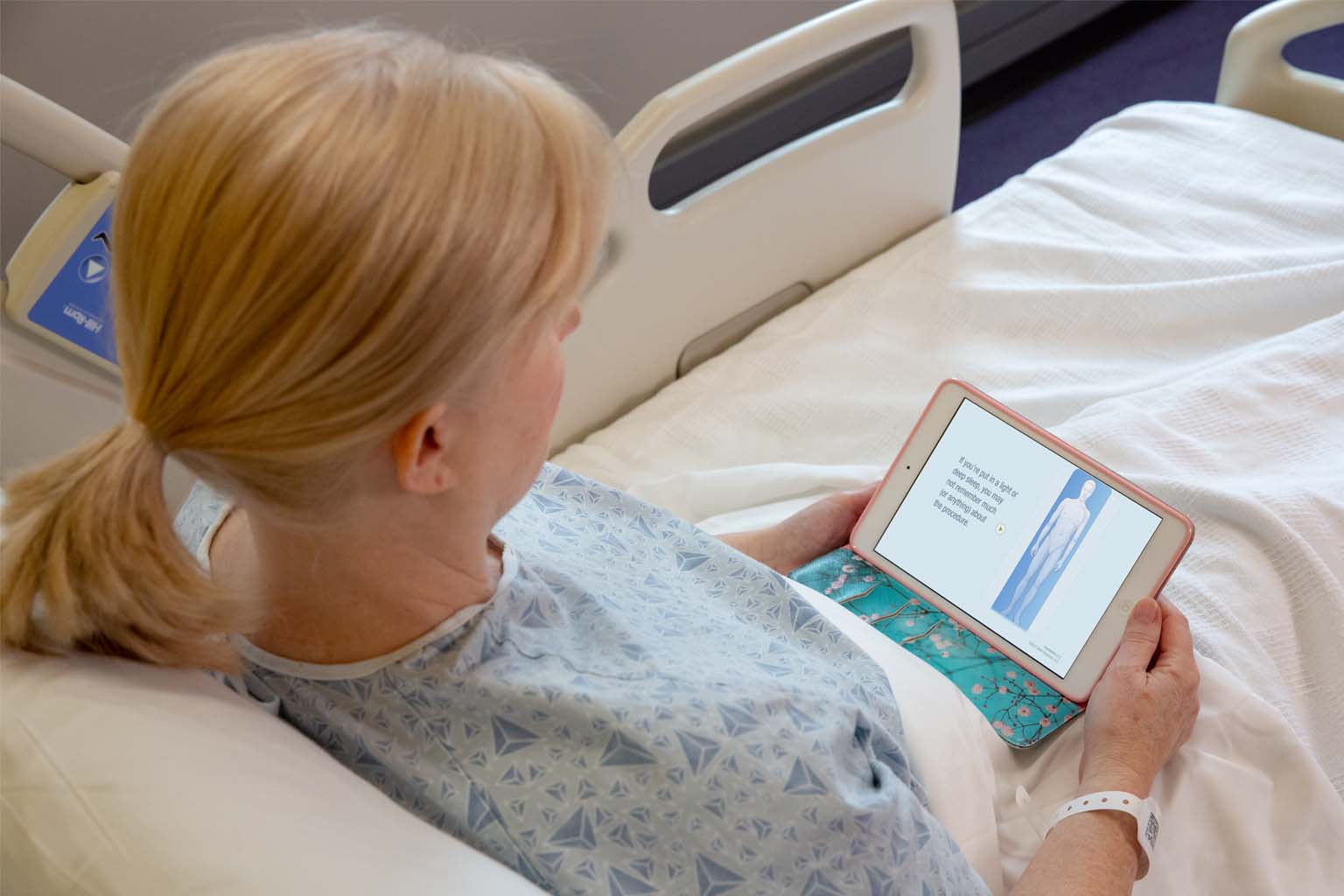“Medicine is often about teamwork, we need the whole team to be on the same page and knowing what is going on,” says Dr. Vamvanij. “We need to learn together from new cases, new data, and the latest advancements to improve our overall effectiveness. Thus, it is important to have information and allow the information to flow across the team.”
Ease of access and speed to clinical information
The adoption of the UpToDate® clinical decision support solution has served to provide Siriraj’s physicians with quick, easy access to medical information.
“In the old days, when physicians encountered conflicting diagnosis or treatment decisions, we’d often have to fight it out,” Dr. Vamvanij explains. “If we met with difficult cases or wanted to know what the solutions were to some particularly challenging problems, we had to go to the library to do some research. It was common to wait for a day or two or a week at times to retrieve and read the requested research paper.
“Today, things have changed,” he continues. “We have clinical decision support tools and point-of-care medical resource like UpToDate, which provides an extensive collection of medical and drug information appropriate for members of the care team in different medical subspecialties and levels of seniority.”
Dr. Vamvanij emphasised that the solution meets the needs of different user groups at the hospital.
“For medical students, since it is impossible to teach them everything in an actual clinical setting, they can turn to UpToDate for additional details to beef up their learning,” he notes.
“For practitioners, UpToDate is a ‘one-stop shop’ for diagnosis and treatment recommendations where they can clarify their queries in the most efficient way,” he adds.
“And for senior physicians, like myself, who graduated from the medical school 40 years ago, the knowledge that I have learned has advanced so much that some of it might not be relevant anymore. Besides, we are too busy to re-read and memorise all the new knowledge and research findings that are emerging every day. UpToDate is ideal as we have something in hand which we can quickly check and refer to when we run into issues. It’s brilliant!”
Ensuring value for patients
While UpToDate is an example of a technological tool that has helped the hospital in reaching its clinical objectives, Dr. Vamvanij cautioned that not all technologies are helpful for all hospitals. Hospitals need to thoroughly assess a solution’s functionalities and how each tool fits in with their individual needs and goals.
“We needed to assess the rationale behind using these technologies,” he explains. “Why do we have to use them in this treatment? What are some of the advantages this is going to bring, and what can we achieve using this technology? We always have to weigh the risks and gains and go back to the literature to study everything in details.”
Ultimately, Dr. Vamvanij and the team at Siriraj were confident in adopting UpToDate, determining it to be an authoritative channel of clinical information. UpToDate is updated daily, following a continual, extensive review of peer-reviewed journals, clinical databases, and other resources, by more than 7,300 world-renowned physician authors and editors.
The adoption of UpToDate also aligns with Siriraj’s commitment to the community it serves. “We need to ensure our treatments, medications, and everything we provide is cost-effective and has the best values. This is why we treasure evidence-based medicine and do not blindly follow cutting-edge technologies and innovative treatments,” says Dr. Vamvanij. “We need to have evidence and data to back up our considerations. We need to ensure our medical students are receiving professional trainings. After all, the public trusts us to do our best.”
About Siriraj Hospital
Established in 1888 by H.M. King Chulalongkorn, the Faculty of Medicine Siriraj Hospital at Mahidol University was the first medical school in Thailand and remains the largest teaching medical center in Thailand. Enriched with “SIRIRAJ” culture and traditions for more than a century, the Faculty has produced medical graduates and allied health personnel with distinctive character, vision, and ability to serve the healthcare system around the country. Today, the 2000-bed hospital provides exemplary medical services through state-of-the-art technology and compassionate care, also serving 3.8 million outpatients a year.




